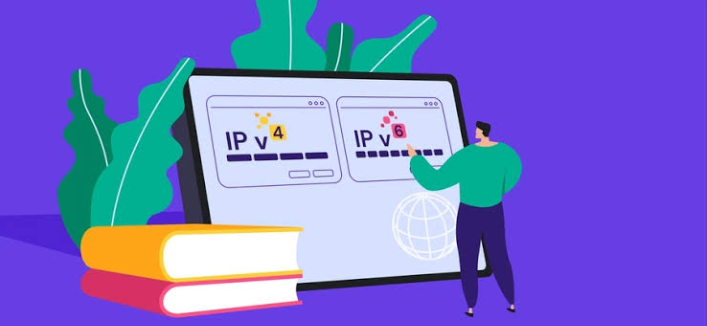
Internet Protocol Version 4
Internet Protocol version 4 (IPv4) has served as a cornerstone in facilitating communication across the Internet for decades. This widely utilized network protocol provides devices connected to the Internet with identification and location addressing. As the fourth iteration of the Internet Protocol, IPv4 has played a pivotal role in enabling seamless connectivity for a myriad of devices worldwide. Its fundamental function involves assigning unique addresses to each device, allowing them to be distinguished and located within the vast expanse of the Internet. Despite its enduring significance, the ongoing evolution of technology has prompted exploration into newer protocols to address the growing demands of our interconnected digital landscape.
Internet Protocol Version 6
Internet Protocol version 6 (IPv6) stands as the cutting-edge iteration of the foundational communication protocol shaping the Internet. As the latest evolution, IPv6 takes center stage, addressing the constraints inherent in its forerunner, IPv4. Crafted with a focus on overcoming limitations, IPv6 boasts an expansive address space, heightened efficiency, and enriched features. This protocol, responsible for the vital task of identifying and locating devices within the vast expanse of the Internet, emerges as a testament to technological advancement. Developed as a direct successor to IPv4, IPv6 rises to the challenge of accommodating the ever-growing multitude of devices seamlessly integrating into the global network, ushering in a new era of connectivity and communication.
Differences between IPv4 and IPv6
- Address Space:IPv4 employs 32-bit addresses, enabling around 4.3 billion unique addresses. In contrast, IPv6 utilizes 128-bit addresses, offering an almost limitless pool of unique addresses, approximately 3.4×10^38 addresses.
4. In the realm of address types, IPv4 encompasses three main categories: unicast, multicast, and broadcast. Unicast addresses facilitate one-to-one communication, multicast addresses enable one-to-many communication, and broadcast addresses support one-to-all communication. Meanwhile, IPv6 features unicast and multicast addresses, but it forgoes the broadcast address. Instead, IPv6 employs a unique multicast address known as the “all-nodes” multicast address to achieve comparable functionality.
5. Header Format: The header format of IPv4 and IPv6 packets is significantly different. IPv4 headers are 20 to 60 bytes long and include fields such as source and destination addresses, packet length, time-to-live (TTL), and protocol information. IPv6 headers are fixed at 40 bytes and include fields such as source and destination addresses, traffic class, flow label, payload length, and next header.
6. Network Address Translation (NAT): Due to the scarcity of IPv4 addresses,NAT is commonly used to translate private IPv4 addresses to public ones. NAT allows multiple devices to share a single public IPv4 address.
IPv4 vs IPv6: Address Usage
Various factors, including network infrastructure, device compatibility, and internet service provider (ISP) support, influence the distinct usage of IPv4 and IPv6. Here are the typical usage scenarios for both.

Internet Protocol Version 4
- Most existing network infrastructures, devices, and services widely deploy IPv4 as the long-standing protocol.
- IPv4 remains the primary choice for the majority of internet connections, with websites, servers, and services predominantly reachable through IPv4 addresses.
- Due to the scarcity of IPv4 addresses, the widespread use of NAT has emerged, allowing multiple devices within private networks to share a single public IPv4 address.
- Devices and network equipment universally embrace IPv4, ensuring seamless communication across diverse systems.
- Predominantly, ISPs offer customers IPv4 connectivity, while some providers may gradually introduce dual-stack services, supporting both IPv4 and IPv6.
Internet Protocol Version 6
- In addressing the limitations of IPv4’s exhausted address space, IPv6 beautifully fulfills its primary purpose by providing an abundant address space.
- Crucially, IPv6 propels the continued growth and development of the Internet, facilitating the connection of an exponentially increasing number of devices and enabling innovations such as IoT and smart homes.
- IPv6 simplifies network setup and management by supporting automatic address assignment through stateless address autoconfiguration (SLAAC).
- IPv6’s built-in support for end-to-end connectivity and IPSec security makes it ideal for direct device communication and secure network transactions.
- Certain organizations and networks actively adopt IPv6-only environments, leveraging its benefits while employing translation mechanisms to access IPv4 resources.
Explore More; VDI vs. RDP: Which is Right for Your Business?




